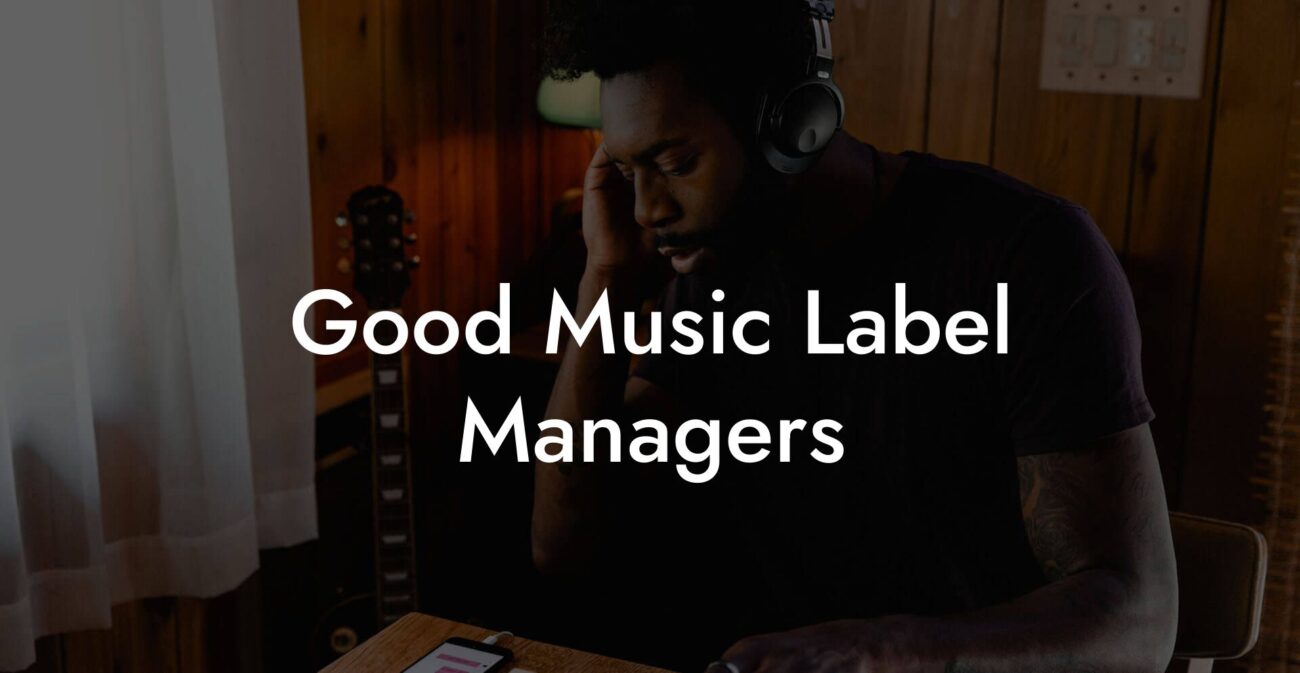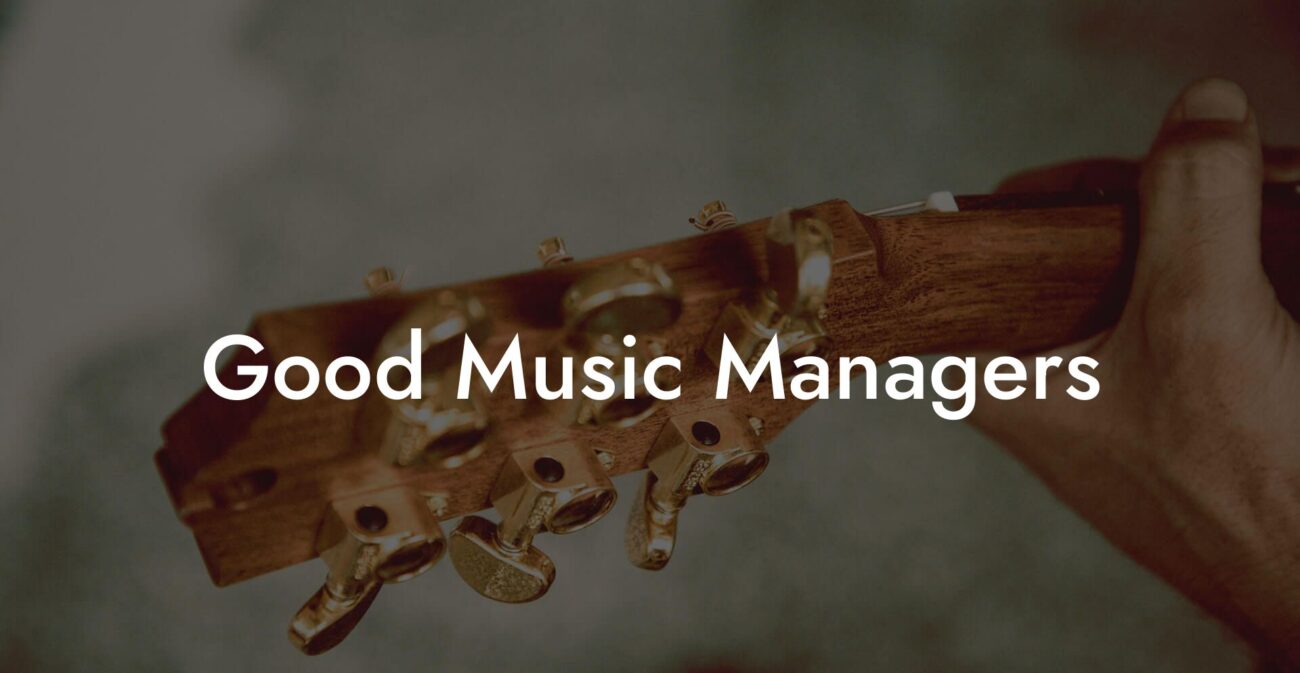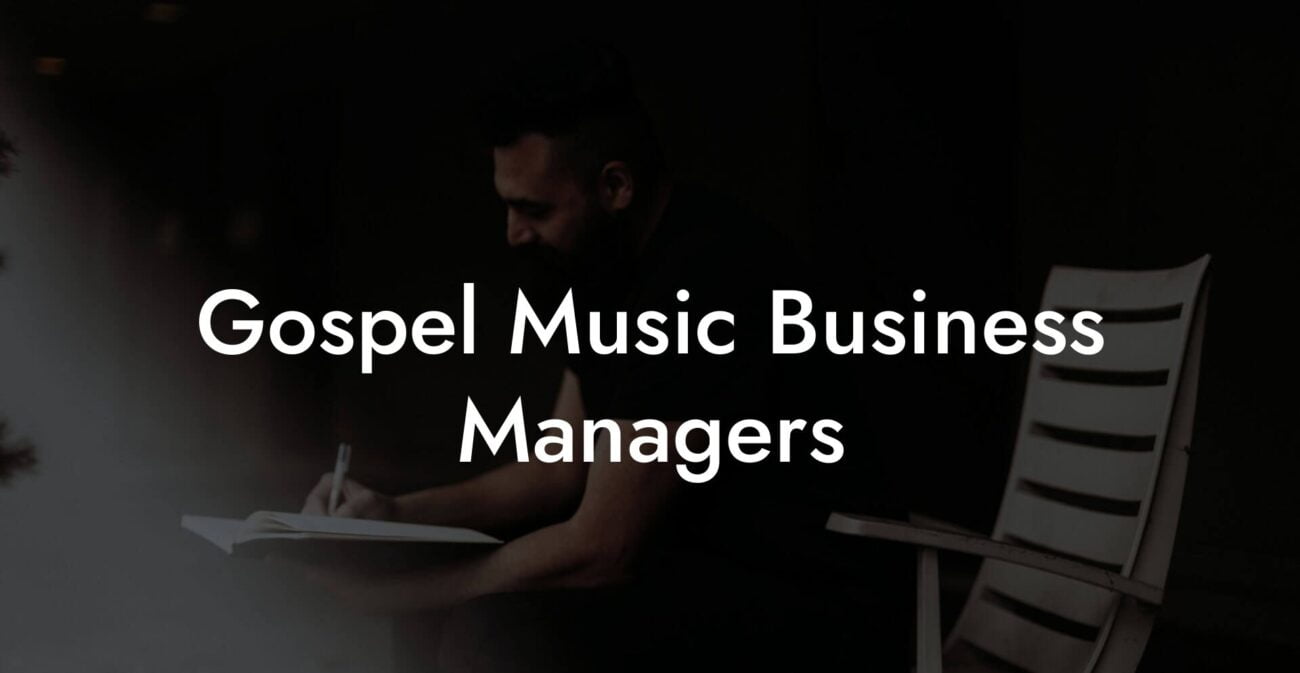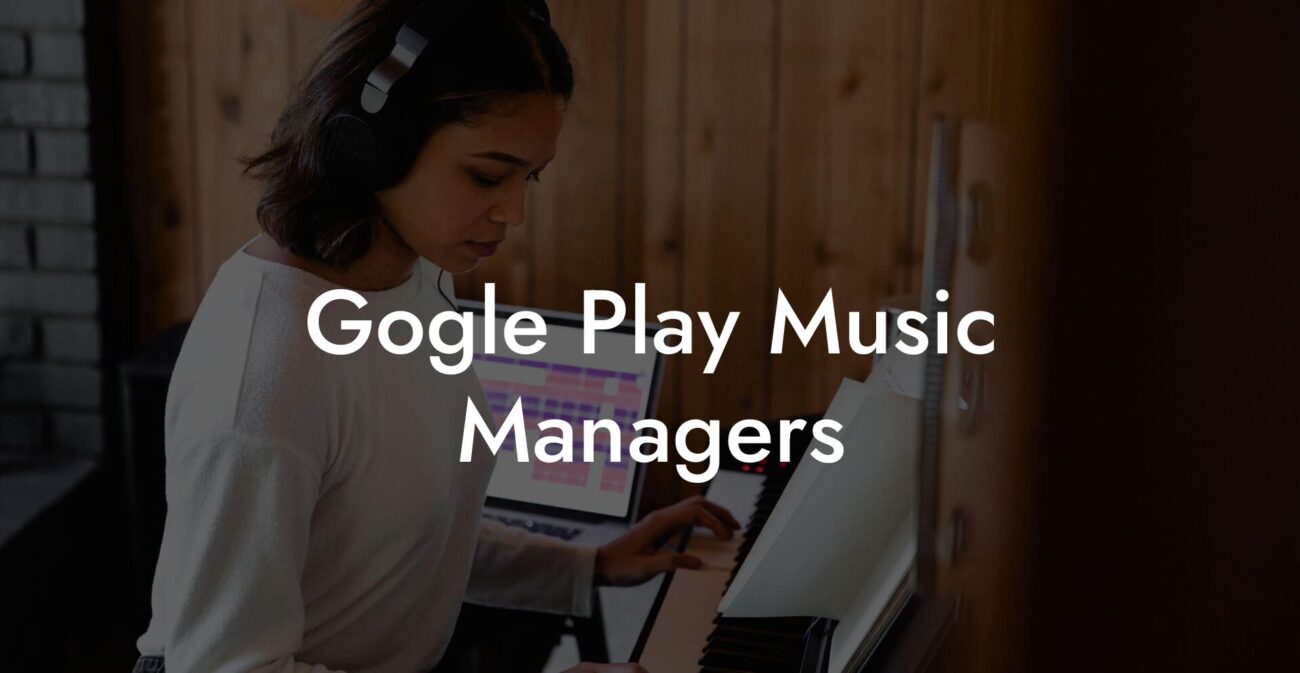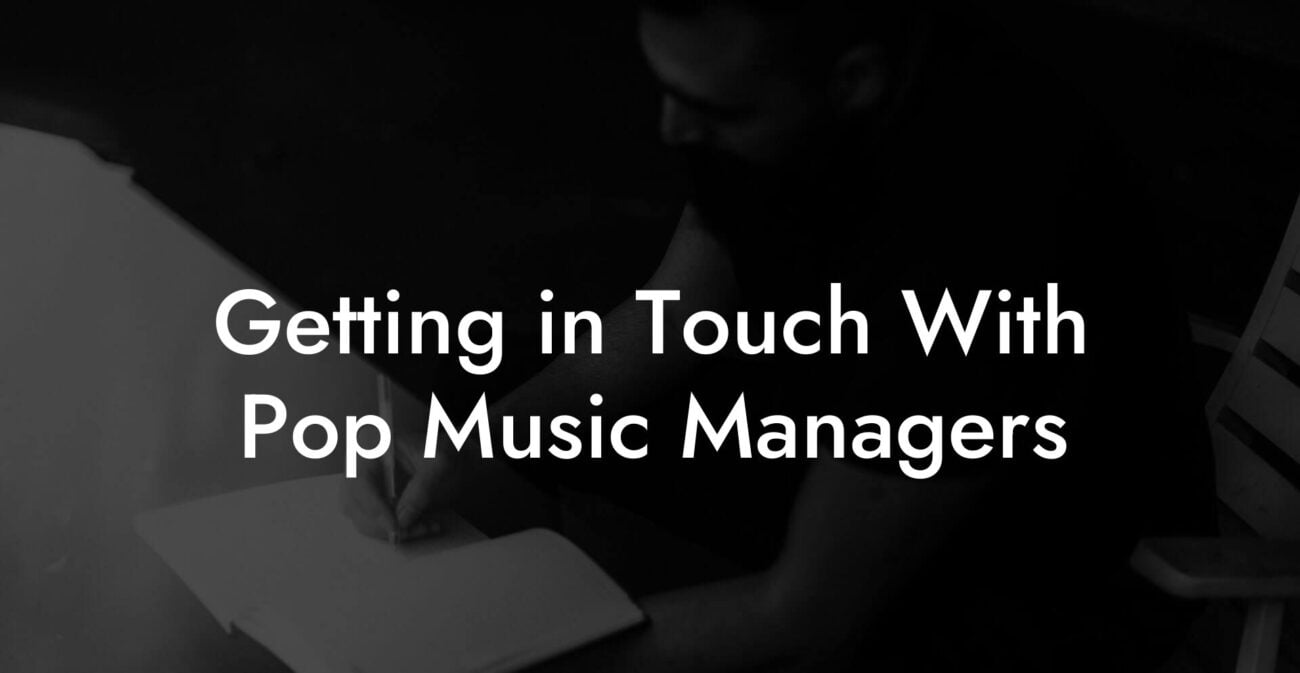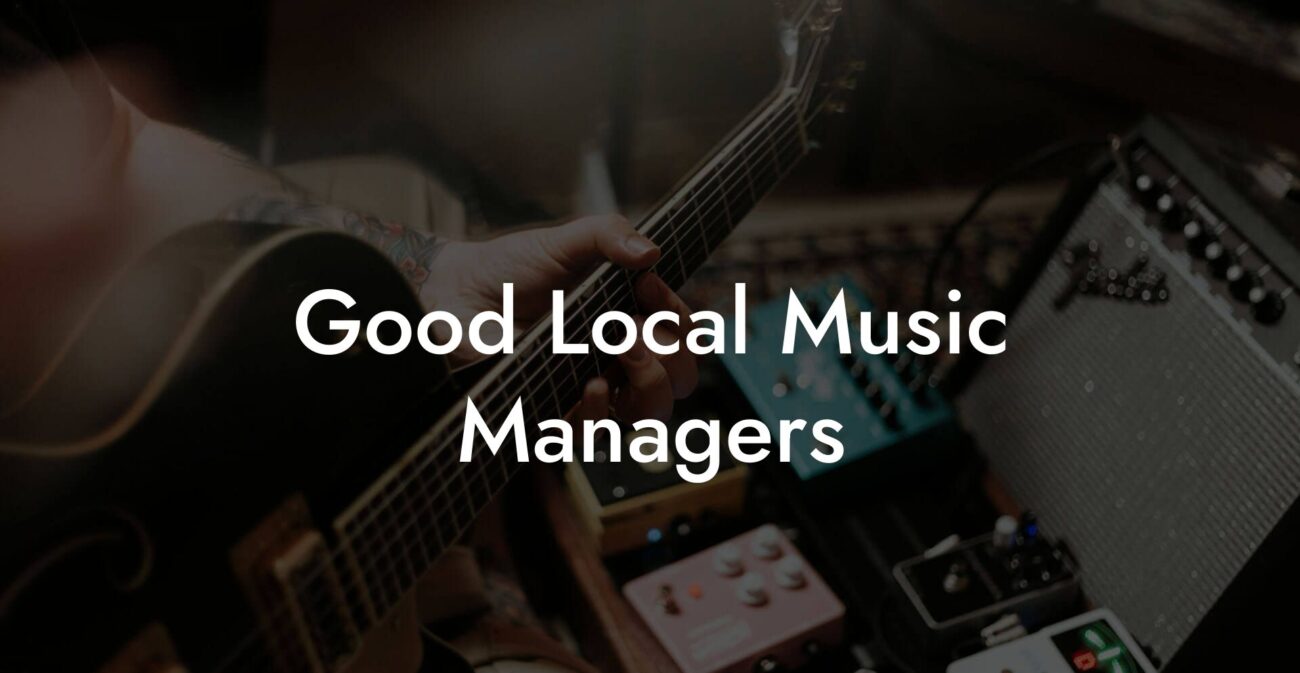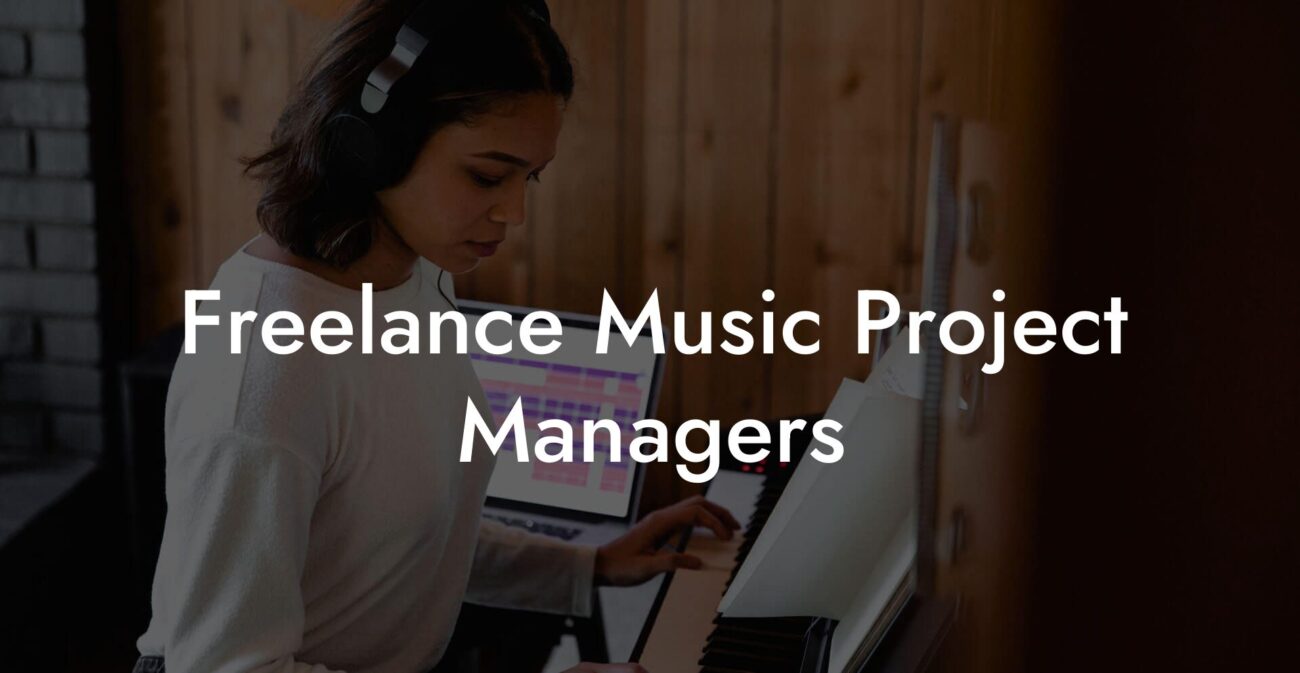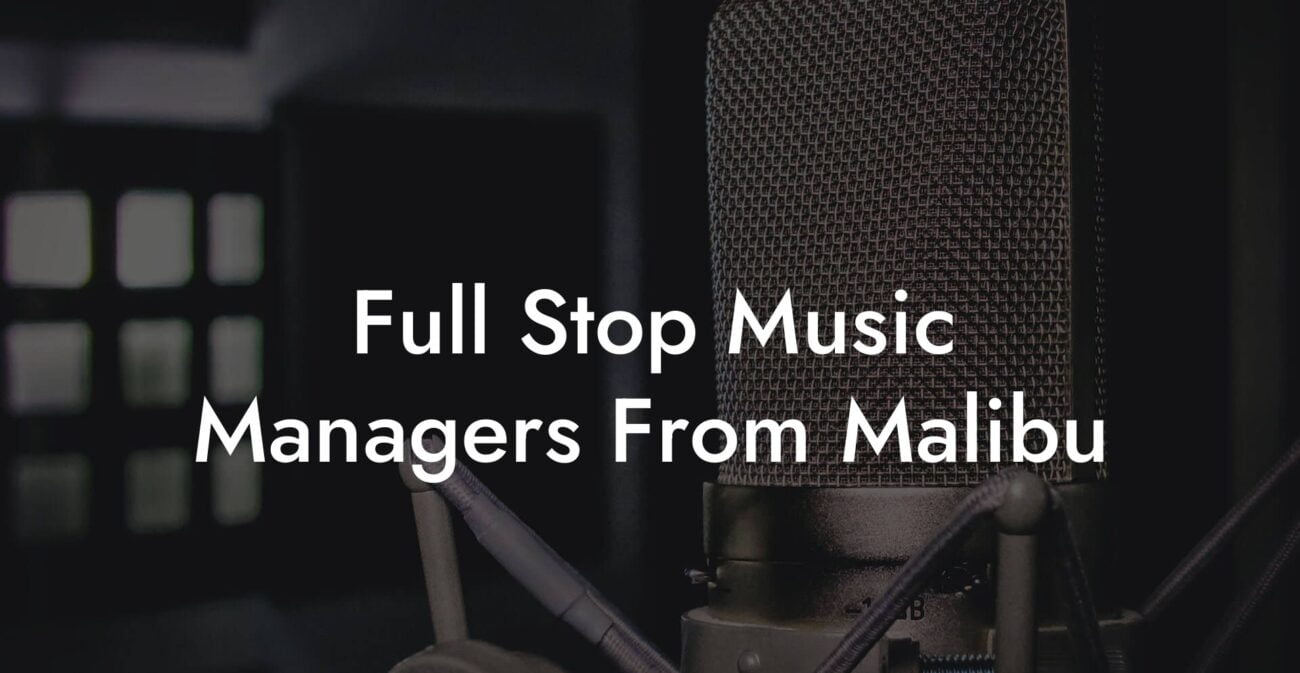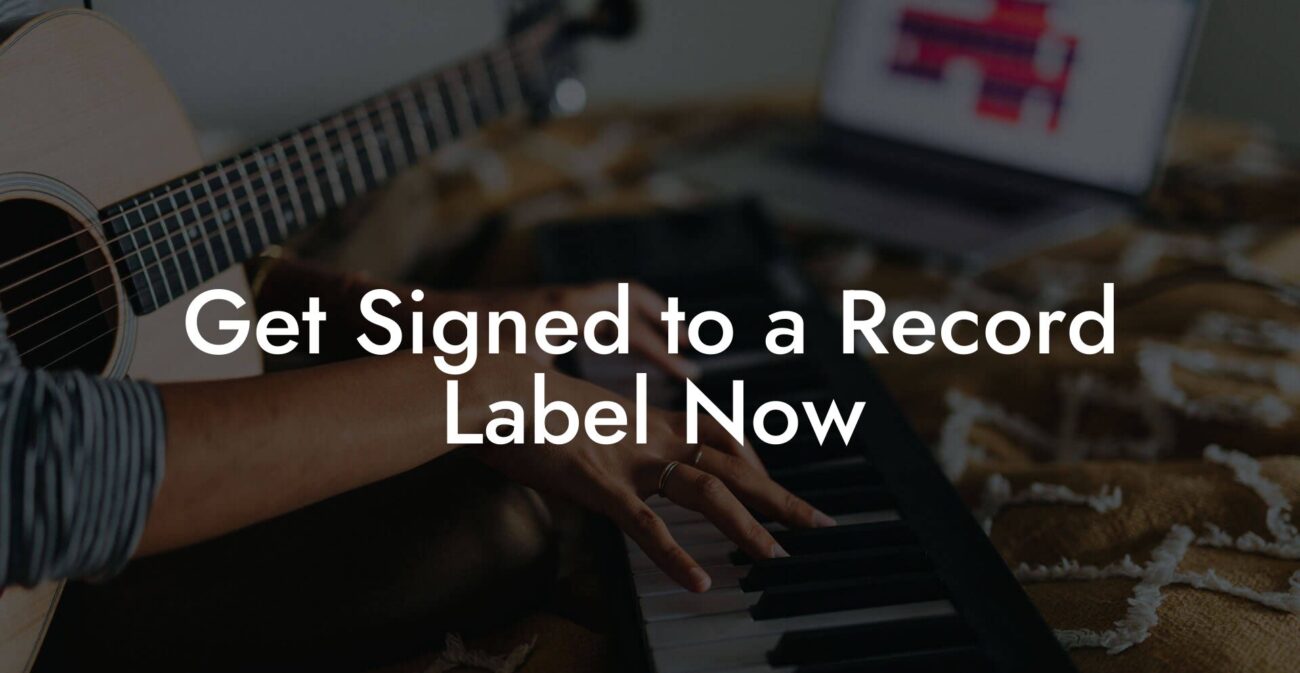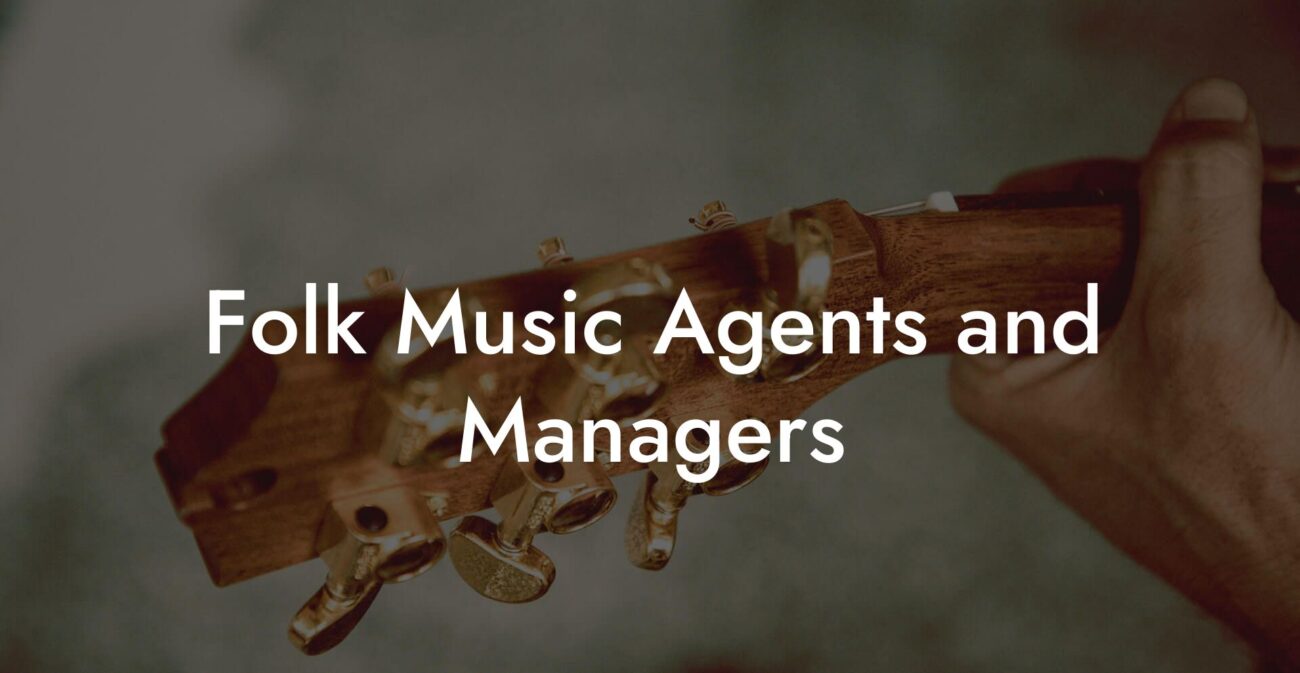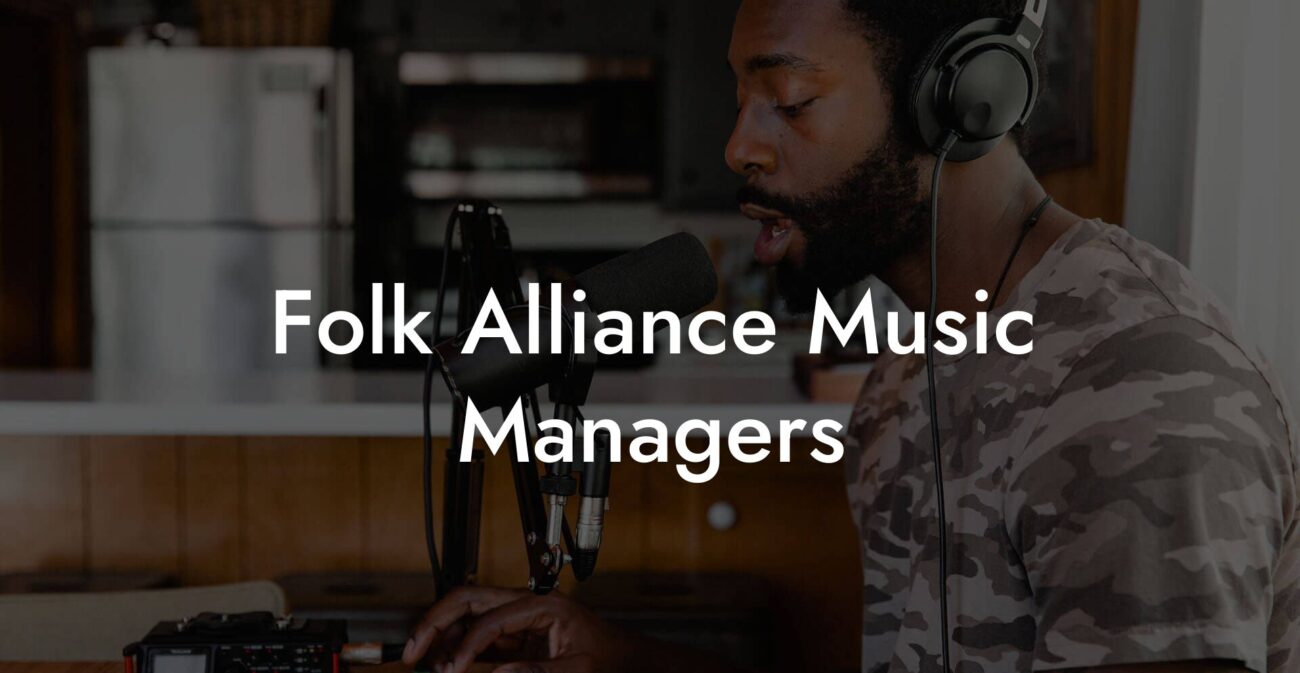Songwriting Advice
Song Writing Template
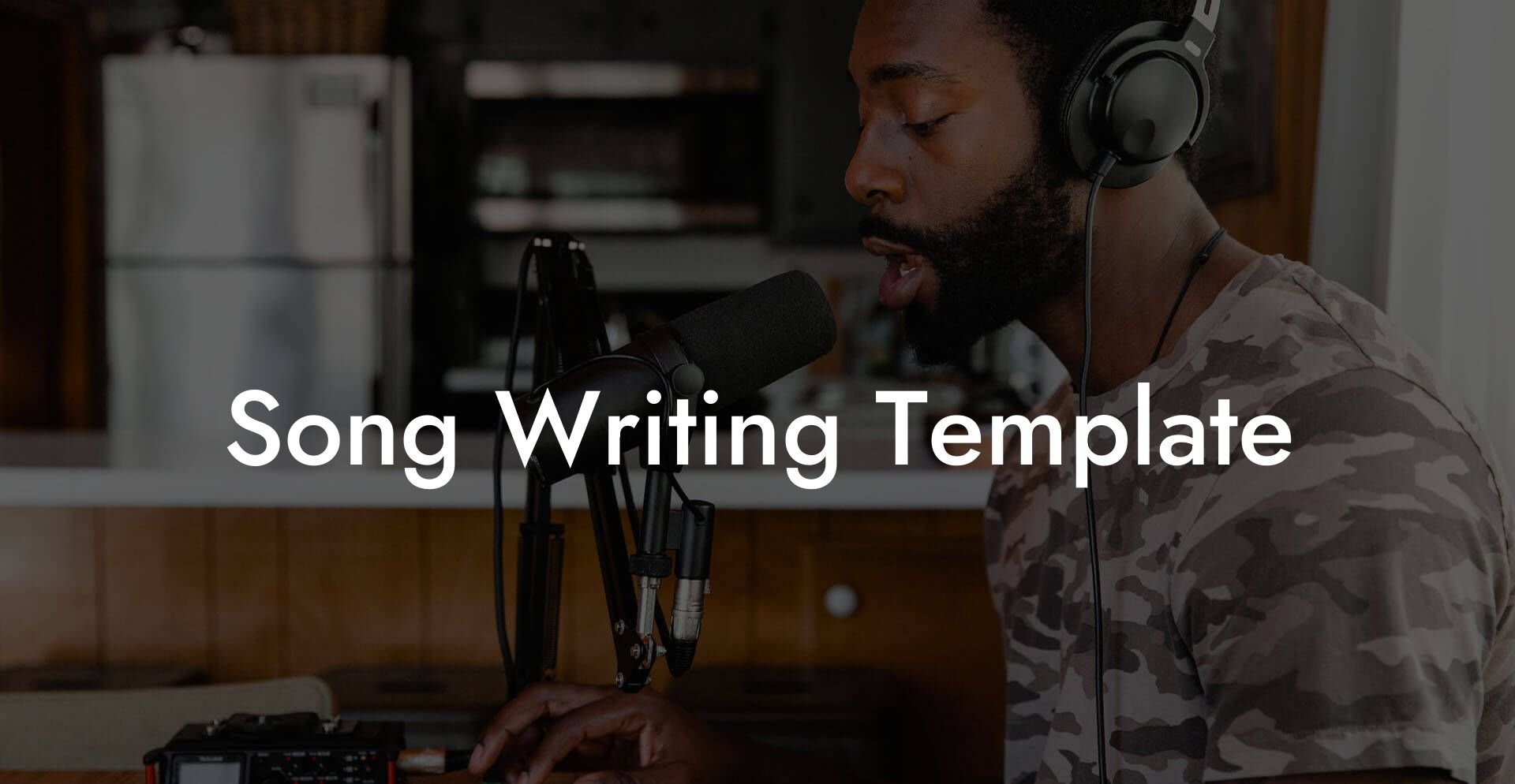
Ever stared at a blank page wondering how on earth you’ll turn your random thoughts into a catchy hit? Welcome to the wild arena of songwriting, where chaos meets creativity—and where a killer songwriting template can be your secret weapon. Think of it as the ultimate cheat sheet to your next jam session, helping you structure your ideas, nail down those killer hooks, and ultimately craft a song that makes your playlist—and everyone else’s—come alive.
Looking to write your next song? Transform your creative ideas into songs that people will love, and skyrocket your music career with Lyric Assistant. The perfect songwriting assistant. Find out more →
Quick Links to Useful Sections
- What Is a Songwriting Template?
- The Anatomy of a Hit Song: Breaking Down the Template
- Why Use a Songwriting Template?
- Step-by-Step Guide: Crafting Your Personalized Songwriting Template
- Step 1: Define Your Song’s Purpose and Mood
- Step 2: Choose Your Structural Segments
- Step 3: Set Aside Time for Brainstorming
- Step 4: Start Filling in the Structure
- Step 5: Edit, Revise, and Refine
- Breaking Through Writer’s Block: Tips and Techniques
- Integrating Technology Into Your Songwriting Process
- Using Lyric Assistant to Kickstart Your Creativity
- Case Studies: Real-Life Songwriting Transformations
- Case Study 1: The Bedroom Producer Turned Viral Sensation
- Case Study 2: Collaborative Magic in the Studio
- Case Study 3: The Reinvention of a Genre
- Going Beyond the Basics: Advanced Songwriting Techniques
- Mixing Genres and Styles
- Layering and Texturing Your Music
- Creative Lyricism and Wordplay
- Resources and Community Support: Your Next Steps
- Creating Your Personalized Songwriting Template: A Recap
- Songs, Stories, and Self-Expression: The Heart of Your Journey
- Songwriting Template FAQs: Your Questions Answered
- Your Ever-Evolving Musical Journey
What Is a Songwriting Template?
A songwriting template is essentially a blueprint for creating songs. It’s not a rigid formula that kills your creativity; rather, it’s a flexible framework that guides your creative process. Whether you’re an aspiring musician looking to break into the scene or a Gen Z lyricist who’s always on the lookout for the next viral hook, a songwriting template streamlines your ideas from scattered lyrics to a fully-formed tune.
At its core, the template offers a basic structure—think of it as a starting point—that includes sections like intro, verse, pre-chorus, chorus, bridge, and sometimes even an outro. But if you’re worried about your unique voice getting lost, fear not! The template is merely a guide to ignite your creativity, not a straitjacket. It provides the building blocks while you retain the freedom to experiment and infuse your personality into every line.
The Anatomy of a Hit Song: Breaking Down the Template
A well-crafted song feels like a journey, taking listeners on a roller coaster of emotions. Let’s break down the essential components of a songwriting template:
- Intro: The opening salvo that hooks your listener. It sets the tone and vibe before the main event begins.
- Verse: The storytelling segment. It’s where you lay out the narrative, share your vibes, or tell a tale that connects emotionally.
- Pre-Chorus: A mini build-up that seamlessly transitions from the verse to the chorus. It raises the tension just enough to make your chorus explosive.
- Chorus: The heart of the song—a catchy, repetitive segment that stays with your audience long after the music stops. This is your musical hook.
- Bridge: A playful detour designed to break the cycle and add contrast. It gives your song a twist, keeping it fresh and engaging.
- Outro: The closing chapter that leaves your listeners feeling satisfied and wanting more.
Think of your favorite songs. They often follow this kind of structure, allowing you to create tension, release, and a rhythmic flow that keeps the listener grooving. With a songwriting template, you get to play with these sections in any order, mix and match, or even break them apart for a more unconventional approach.
Write Lyrics Like a Professional Songwriter
The ultimate songwriting tool that takes your creative vision to the next level! With just a few clicks, you can unleash your inner songwriter and craft a hit that's uniquely yours. Your song. You own it.
Why Use a Songwriting Template?
Let’s spill some tea: creative blocks happen to everyone—even to those we envy for their hectic creative output. A songwriting template isn’t about limiting your artistic freedom; it’s about giving you a solid starting point. Here’s why:
- Organization: When inspiration strikes in a chaotic moment, having a template helps you structure your ideas before they vanish into thin air.
- Efficiency: Rather than reinventing the wheel every time, you can lean on the template to speed up your creative process, allowing you more time to refine and experiment with your lyrics.
- Consistency: It gives your work a coherent flow, ensuring that no matter how wild your ideas, your song still has a clear beginning, middle, and end.
- Confidence: Having a roadmap reduces the anxiety of starting from scratch, so you can focus on expressing your unique voice without doubting your direction.
- Collaboration: If you’re working with bandmates or co-writers, a shared template ensures everyone is on the same page, literally.
Whether you’re a bedroom beat-maker or an indie artist ready to drop the next chart-topping hit, this template is the springboard that turns scattered ideas into a cohesive sound.
Step-by-Step Guide: Crafting Your Personalized Songwriting Template
Ready to roll up your sleeves and dive into the creative process? Here’s a detailed step-by-step guide to designing your own songwriting template that fits your style perfectly.
Step 1: Define Your Song’s Purpose and Mood
Before you scribble down any lyrics, ask yourself: What is the song about? Is it a breakup ballad, a party anthem, or a chill lo-fi vibe that matches your study playlist? Defining the purpose and mood gives your work a clear direction. Jot down mood words, themes, and even consider the target audience you’re writing for—whether it’s those nostalgic millennials or the ever-quirky Gen Z crowd.
Step 2: Choose Your Structural Segments
Now that you have your overall vibe, it’s time to choose which building blocks you want to include. The classic format is a safe bet, but feel free to remix the structure. Some options include:
- Standard Pop Format: Intro – Verse – Pre-Chorus – Chorus – Verse – Chorus – Bridge – Chorus – Outro.
- Alternative Format: Instrumental Intro – Verse – Chorus – Verse – Chorus – Solo – Chorus – Fading Outro.
- Experimental Format: Start with the Hook – Jam Session – Spoken Word Bridge – Instrumental Break – Finale Chorus.
Mix and match these segments based on what feels right for your song. The goal is to create a structure that encourages flow and storytelling.
Step 3: Set Aside Time for Brainstorming
Creativity is a muscle, and like any workout, you’ve got to warm up. Spend time brainstorming ideas, jotting down phrases, and scribbling notes wherever inspiration hits—be it during a midnight snack or a lazy afternoon on your couch. Use your phone’s note app, a trusty notebook, or even post-its stuck all over your room (if you’re feeling extra artsy).
Step 4: Start Filling in the Structure
With your brainstorming session complete, it’s time to map your ideas onto your template. Start by filling in your intro with a captivating hook—something that grabs attention immediately. Then, let your verses tell your story, build up to the pre-chorus, and let the chorus hit as the climax. Remember, there’s no “right” way to do this; your template is all about how you want your story to be told.
Step 5: Edit, Revise, and Refine
Once your first draft is ready, take a step back and review what you’ve created. Tweak your structure, refine your wording, and don’t be afraid to move sections around until everything gels perfectly. Sometimes, the best ideas need a bit of reshuffling to truly shine.
Breaking Through Writer’s Block: Tips and Techniques
Even the most seasoned songwriters hit that dreaded wall sometimes—a creative drought where nothing feels right. Don’t worry; it’s all part of the process. Here are some humorous, no-nonsense tips to bust through writer’s block:
- Change Your Scenery: If you’ve been holed up in your room for hours, step outside for a breather. A change of environment can trigger a fresh burst of inspiration.
- Free-Writing Sessions: Set a timer for 10-15 minutes and write whatever comes to mind, no judgement. Often, those random thoughts can spark a lyrical goldmine.
- Collaborate with a Friend: Two brains are sometimes better than one. Bounce ideas off a buddy, even if they’re more into TikTok trends than deep lyrics. You might just stumble on an unexpected gem.
- Use Prompts: Look up songwriting prompts or random word generators online. Let these unexpected cues steer your thought process in fun, unexplored directions.
- Embrace Imperfection: Don’t get hung up on trying to create a masterpiece on your first go. Allow yourself to scribble rough ideas, knowing you can always refine them later.
When the writer’s block monster rears its ugly head, these strategies can help you push past the silence and start the creative beat once more.
Integrating Technology Into Your Songwriting Process
In today’s digital age, you’re not alone on this creative journey. With tools like Lyric Assistant at your fingertips, you get the best of both worlds—the raw, unfiltered genius of your ideas, combined with smart tech that streamlines the process. Whether it’s generating lyric ideas, suggesting chord progressions, or even providing detailed visual feedback, these digital aids can transform your songwriting process.
Platforms like Lyric Assistant are designed with you in mind: a modern, tech-savvy musician who knows that creativity is best nurtured in a stress-free environment. By automating the mundane parts of lyric writing, these tools let you focus on the juicy creative decisions that make your music unique.
Using Lyric Assistant to Kickstart Your Creativity
Imagine having a brainstorming buddy who’s available 24/7. Lyric Assistant offers a suite of features that help you craft lyrics with ease—whether it’s suggesting synonyms for that overused word, offering up chorus ideas, or realigning your verses to match the mood of your track. It’s like having your own personal ghostwriter who never steals your thunder.
And the best part? It works across all genres. Whether you’re into trap beats, lo-fi indie vibes, or epic pop ballads, integrating Lyric Assistant into your process can bring a new level of efficiency and inspiration to your songwriting sessions.
Case Studies: Real-Life Songwriting Transformations
Real-world success stories are always the best proof that a process works. Let’s check out a few inspiring examples of how artists have transformed their songwriting with the help of a solid template and modern tech tools:
Case Study 1: The Bedroom Producer Turned Viral Sensation
Meet Alex—a self-taught musician who was strumming his guitar in a cramped apartment in Brooklyn. Facing endless creative blocks and an overwhelming list of “what ifs,” Alex decided to adopt a songwriting template as a framework. By breaking down his ideas into structured sections, using brainstorming sessions, and integrating Lyric Assistant to refine his verses, Alex finally found his rhythm. The result? A catchy track that went viral on social media, launching him from bedroom producer to rising star practically overnight.
Case Study 2: Collaborative Magic in the Studio
Then there’s Jamie. A seasoned songwriter known for collabs, Jamie often found that working with co-writers could lead to chaotic brainstorming sessions. That was until Jamie introduced a shared songwriting template during studio sessions. By aligning everyone with a clear roadmap, the collaboration became more fluid, enabling the group to converge their diverse musical flavors into tracks that were both innovative and accessible. The template not only enhanced their creative synergy but also reduced the friction that often comes with group songwriting.
Case Study 3: The Reinvention of a Genre
Last but not least, consider Taylor—a versatile artist who constantly experimented with genres. Taylor felt that each genre demanded a slightly different approach. With a personalized songwriting template that allowed for multiple configurations, Taylor could effortlessly shift from soulful acoustic melodies to high-energy pop beats without missing a creative beat. The template was like a musical chameleon, adapting to every style while keeping the core structure intact.
These stories clearly demonstrate how a structured approach, combined with the right tech tools, can turn creative chaos into chart-topping art.
Going Beyond the Basics: Advanced Songwriting Techniques
So, you’ve mastered the basics of a songwriting template—what next? Once you’ve got the fundamentals down, it’s time to experiment and break the mold. Advanced songwriting techniques let you push boundaries while still relying on your template as the safety net.
Mixing Genres and Styles
Don’t be afraid to blend genres. Imagine combining the soulful narrative of R&B with the rhythmic punch of hip-hop or even sprinkling some indie-rock vibes into a pop anthem. Your template can serve as the backbone that holds these diverse styles together, letting your creative experiments thrive without losing structure.
Layering and Texturing Your Music
Think of each section of your template as a canvas. Beyond just the lyrics, consider the independent layers of your composition. Experiment with vocal harmonies, background effects, and unexpected instrumental breaks that add depth and texture. These elements give your song a professional sheen without overwhelming the foundation laid out in your template.
Creative Lyricism and Wordplay
Fine-tune your lyrical prowess by playing with metaphors, puns, and double entendres. Let your language be as expressive and versatile as your melody. Whether you’re dropping clever rhymes or weaving emotional narratives, a well-defined songwriting template can help organize these ideas into verses that resonate on multiple levels.
Advanced techniques are all about balance: respecting the structure while boldly venturing off the beaten path. It’s like riding a roller coaster—thrilling and unpredictable, yet always grounded by a solid track.
Resources and Community Support: Your Next Steps
Your journey in songwriting doesn’t have to be a solitary quest. The creative community is buzzing with collaborators, online forums, workshops, and tools designed to elevate your craft. Here’s how to keep the momentum going:
- Online Courses and Webinars: Platforms like Skillshare, Udemy, and even YouTube are filled with courses led by industry professionals. Whether you’re just starting out or looking to master advanced techniques, these resources can provide valuable insights.
- Social Media Communities: Follow hashtags like #Songwriting, #IndieMusic, or #LyricistLife to connect with fellow songwriters on Instagram, TikTok, and Twitter. These networks are excellent for exchange of ideas, feedback, and even collaborations.
- Forums and Workshops: Sites like Reddit’s r/Songwriting or dedicated Facebook groups can be a great space to ask questions, share your work, and receive constructive critiques. Attending local or virtual songwriting workshops is another excellent way to hone your skills and build connections.
- Leveraging Lyric Assistant: Check out our very own online tool—Lyric Assistant—to jumpstart your creative process. Its intuitive features not only guide you through your songwriting journey but also help you overcome stubborn writer’s block, ensuring your lyrics are as polished as possible.
- Mentorship and Collaboration: Don’t underestimate the power of learning from others. Whether it’s through formal mentorship programs or informal jam sessions, collaborating with more experienced songwriters can provide invaluable advice and inspiration.
By tapping into these resources, you can continue to evolve your songwriting skills, refine your template, and ultimately develop a style that’s uniquely your own. Remember, every legendary hit began as a rough draft—so join the community, learn, share, and keep writing those anthems.
Creating Your Personalized Songwriting Template: A Recap
Let’s pull it all together, shall we? Your personalized songwriting template is your creative roadmap—a blend of structure and spontaneity that allows you to capture your best ideas without getting lost in overwhelming possibilities. Here’s a quick recap of the journey:
- Define Your Vision: Begin with an understanding of your song’s purpose, mood, and target audience. This sets the stage for everything that follows.
- Establish the Structure: Choose which segments (intro, verse, pre-chorus, chorus, bridge, outro) will best serve your creative vision. Customize them to suit your genre or style.
- Brainstorm and Ideate: Let your creativity flow with unfiltered writing sessions. Gather inspiration from everything around you—from personal experiences to the latest trending meme.
- Map Your Ideas: Fill in your template, ensuring that each section tells its part of the story while building towards an unforgettable climax.
- Edit and Refine: Embrace the editing process. Rearrange sections, tweak lyrics, and infuse your unique voice until every line shines.
- Leverage Technology: Use tools like Lyric Assistant to streamline your process, generate fresh ideas, and polish your lyrics to perfection.
- Stay Inspired and Connected: Keep learning and growing by engaging with the community, absorbing new techniques, and never shying away from experimenting.
Your songwriting template isn’t just a static form—it’s a living document that evolves with you. Every song you write is a testament to your growth, reflecting new insights, styles, and stories. So, keep revisiting and tweaking your template as you evolve into the musician you’ve always wanted to be.
Songs, Stories, and Self-Expression: The Heart of Your Journey
At the end of the day, songwriting is about letting your heart speak. A well-crafted template is the scaffolding upon which your personal expression is built, but it’s your authentic voice that transforms structure into art. Embrace the messiness of the creative process, laugh at your awkward first drafts, and celebrate every lyric you pen—even if it’s a bit rough around the edges.
The beauty of songwriting is that there are no mistakes—only lessons, experiments, and stepping stones on your journey. So whether you’re scribbling down a love ballad at 2 AM or cooking up a banger for your next gig, remember that every word matters, every melody is a milestone, and every template is just another chapter in the story of your musical evolution.
Your creative journey is a blend of genius spurts, persistent labor, and spontaneous brilliance. With determination, the right tools, and a flexible songwriting template, you’re unstoppable.
Songwriting Template FAQs: Your Questions Answered
Dive into our frequently asked questions and discover answers to common queries about songwriting templates, creative processes, and how modern tools can give you that extra edge.
1. What exactly is a songwriting template?
A songwriting template is a flexible framework that helps you structure your song. It typically includes segments like the intro, verse, pre-chorus, chorus, bridge, and outro, providing a starting point to organize your creative ideas.
2. Do I have to follow the template exactly?
Absolutely not! While the template provides a strong foundation, you’re free to experiment, rearrange, or even skip sections as needed to suit your creative vision. Think of it as a helpful guide rather than a strict rulebook.
3. How can a songwriting template help me overcome creative block?
A template gives you a clear structure to work within, reducing the overwhelming feeling of starting from scratch. With defined sections, you can channel your creativity more efficiently, jumpstarting the songwriting process even when inspiration feels scarce.
4. How do modern tools like Lyric Assistant enhance the songwriting process?
Tools like Lyric Assistant integrate seamlessly into your creative workflow by generating ideas, suggesting word choices, and refining your lyrics. This allows you to focus on creativity while technology handles the nitty-gritty details.
5. Can these templates work for different genres?
Yes! Whether you’re writing pop, hip-hop, rock, or something more experimental, the basic structure of a songwriting template can be tailored to fit your musical style and narrative needs.
6. What are some quick tips for customizing my songwriting template?
Start with the standard segments and then experiment with the order, length, and emphasis of each section. Don’t be afraid to include extra pre-choruses, omit a bridge, or add an instrumental break if it serves your story best.
7. How do I maintain my unique voice while following a template?
Remember that a template is only the framework. Your unique voice shines through the content you fill in. Use the template to organize your ideas, but let your authentic style and personal experiences shape the narrative.
8. Where can I find more resources to improve my songwriting?
There are countless online courses, communities, and workshops available. Platforms like YouTube, Udemy, and various songwriting forums are great places to start. And don’t forget to explore Lyric Assistant for tailored digital support!
Your Ever-Evolving Musical Journey
As you embark on your musical adventure, remember that every lyric you write is a unique expression of who you are. With your personalized songwriting template in hand and the support of innovative tools like Lyric Assistant, you have everything you need to turn raw ideas into unforgettable tunes.
Embrace the process with humility, humor, and heaps of passion. Experiment boldly, iterate relentlessly, and let each song serve as a stepping stone toward greater creative heights. Whether you’re writing from your bedroom, in a bustling café, or in the middle of a midnight dance party, your music is your story—one that’s meant to be told in all its color and complexity.
Dive into your creative sessions, trust your gut, and allow the structure of your template to keep you grounded while your imagination soars. The music you create today might just be the anthem of tomorrow—and it all starts with that perfect, well-crafted blueprint that only you can write.
So, grab your instrument, fire up Lyric Assistant, and let the world hear the beat of your heart. Your journey to musical mastery begins with a single chord—and a great songwriting template.
Write Lyrics Like a Professional Songwriter
The ultimate songwriting tool that takes your creative vision to the next level! With just a few clicks, you can unleash your inner songwriter and craft a hit that's uniquely yours. Your song. You own it.

